Cwm Ivy and Whiteford Sands Walking Trail
The Gower Peninsula is stunningly beautiful. It was designated as the UK’s first Area of Outstanding Natural Beauty (AONB) in 1956 and it is still as popular with visitors as it was back then. It has a varied landscape with golden sandy beaches, limestone cliffs, rolling grasslands, lush woodlands and even salt-water marshes and dunes.

The northern part of the Gower Peninsula is bounded by the Loughor Estuary and the landscape is made up of woodlands, marshes, sand dunes, grasslands and a long stretch of sandy beach. And we visited this region during our trip to Swansea Bay. There are a number of lovely walks in the area and you can spend a few days exploring what the region has to offer. We did the Cwm Ivy - Whiteford Sands walk, which is a fun, short loop that takes in varied scenery and is a great way to explore this part of North Gower.
Walk starting point
Whiteford Beach Car Park, SA3 1DE
Park at the Whiteford Beach Car Park. There is a honesty box near the stone wall at the entrance. Put some money in and exit the car park.
Turn right and walk down the path. You will reach the village. Here the road forks into two. Keep on the road to the left, until you reach the National Trust gate signed 'Cwm Ivy'.
Go through the gates and follow the path as it leads you down the hill. You will reach a point where the road again forks into two. The one on the left will lead you to Cwm Ivy Tor while the one on the right is through the woodlands.
Cross the gate and continue on the path. You will come across Burrows Cottage on your left. Burrows Cottage is a lovely little, former forester's cottage which National Trust now lets out as holiday accomodation.
Continue through the wooden area and on your right you will see the Cwm Ivy Marsh. It was once a grazing pasture. But after the sea wall breached in 2014, the land was reclaimed by the sea transforming the area into a wildlife-rich tidal saltmarsh.
Continue along the path and you will reach the Monterey bird hide (on your right). Indulge in a spot of bird watching and then continue on the trail.
The path continues through the wooden area until it arrives at another gate.
Cross the gate and continue until you reach a direction marker. From here you can see the Landimore Marsh on your right.
From the marker, if you continue straight, the path will take you to Whiteford National Nature Reserve and Whiteford Beach. The path on the right leads you over the medieval sea wall and up a hill into Llanmadoc arriving near the Britannia Inn.
Close to the direction marker, there is a stile on the left. We crossed this and made our way over the grassy dunes.
The series of dunes (Whiteford Burrows) make for a wonderful habitat for a variety of wildlife. It is also a flower haven. You will find flowering plants likes purple & ivory orchids, dune gentian and bird's-foot trefoil which is a great source of nectar for pollinating insects.
As we made our way over the undulating paths over the dunes, we came across flocks of sheep resting and grazing on the dunes.
We continued on our way, and eventually we caught sight of the beach, peeping through the grassy dunes.
Whiteford Sands is the most northernly beach in Gower and doesn't have any access by car. The only way to reach it is on foot via the beautiful paths that we traversed. Because of its inaccessibility by car, the beach is very quiet and uncrowded. When we visited, there was only one other person at the beach apart from us.
Far out on the point is the Whiteford Lighthouse. It is said to be Europe's last remaining iron lighthouse and is also a Scheduled Ancient Monument. It can be reached on foot at low tide. We could not get to this because the tide had started to come in by the time we arrived.
If you visit, please do take care and be aware of tide times and also of soft sinking sand.
We walked the stretch of the beach and then began making our way back to the village. You could either retrace your steps or walk along the route shown on the map below. It will take you past Cwm Ivy Tor (Llanmadoc Hills), back to the road that connects to the village.
The total distance of the route (as seen below in the map) is around 4.17 miles (6.7 km). It is a lovely walk. Do give it a try if you are visiting North Gower.


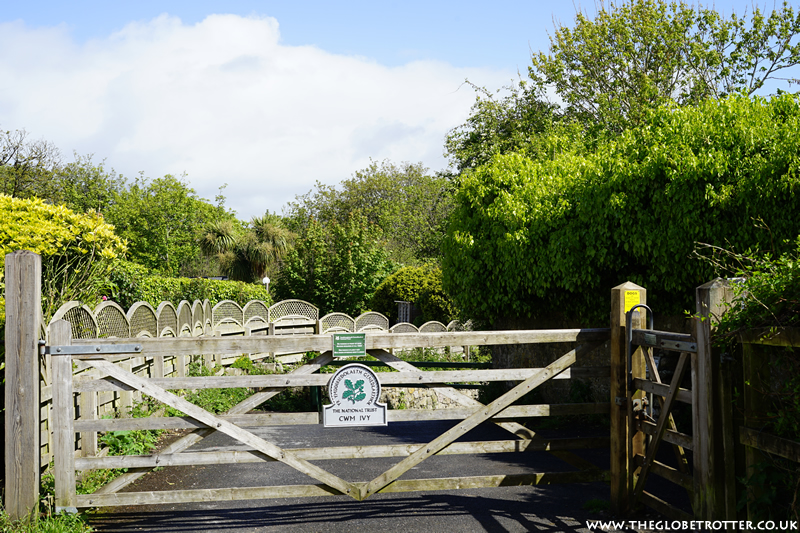





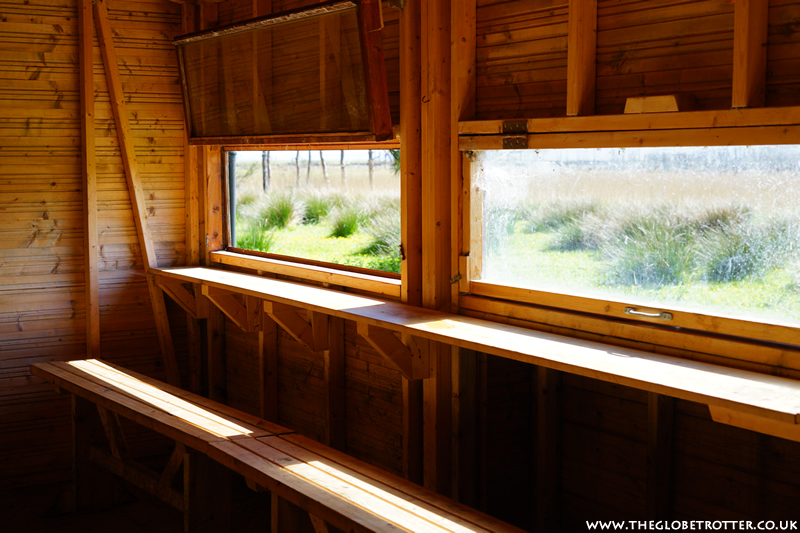
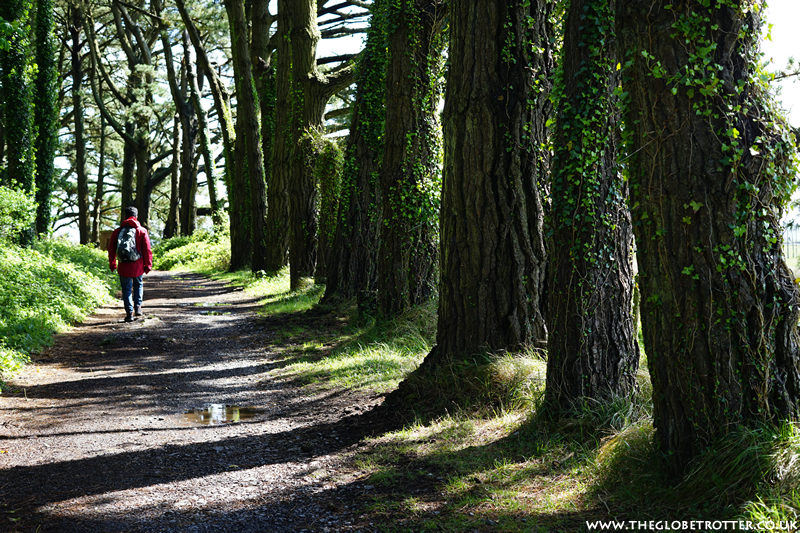


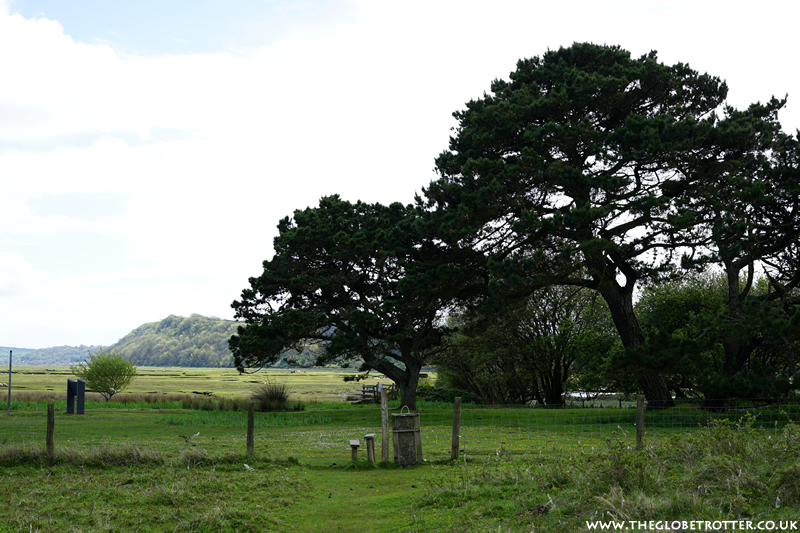
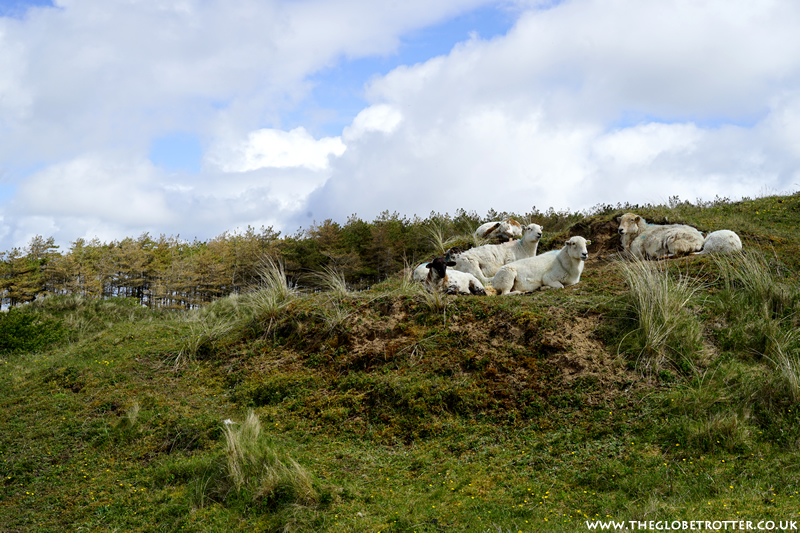

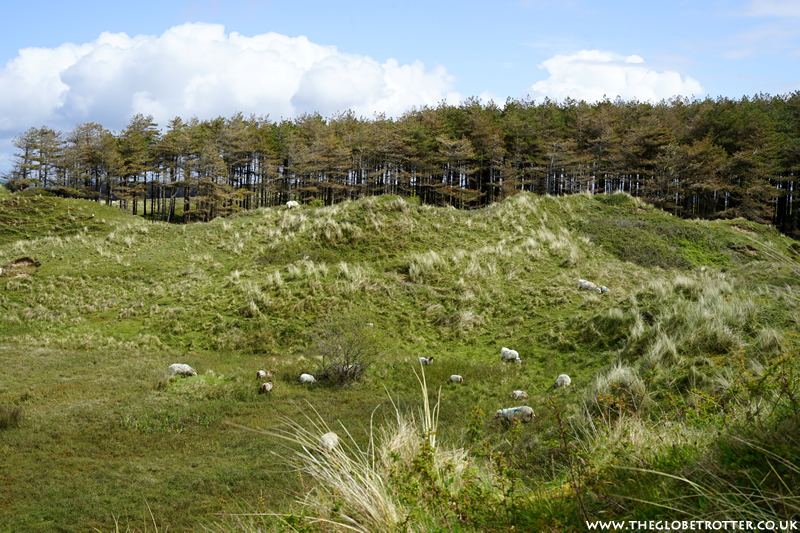
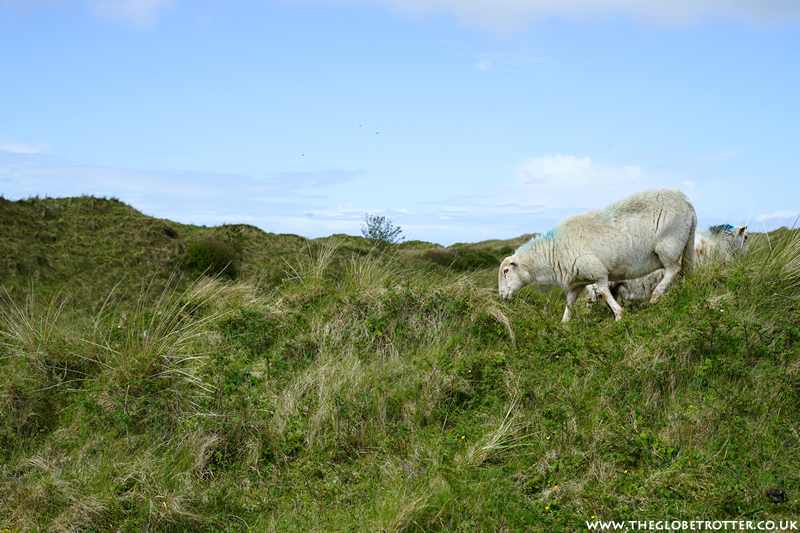

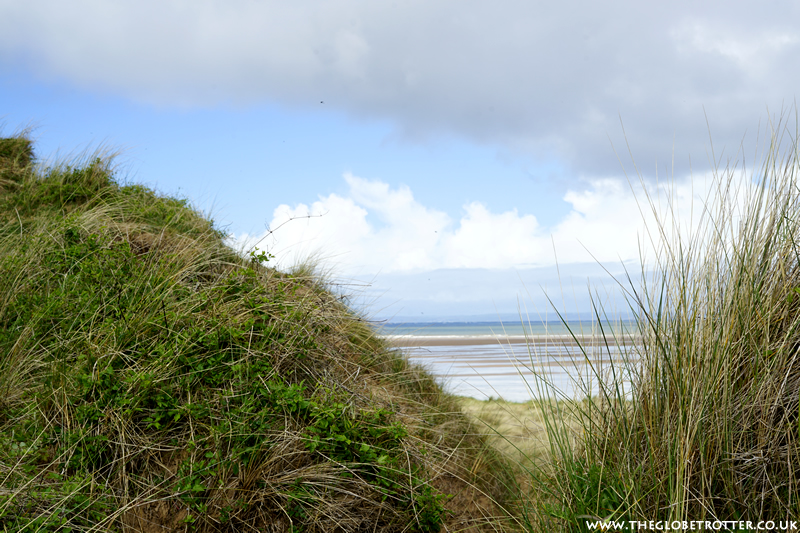
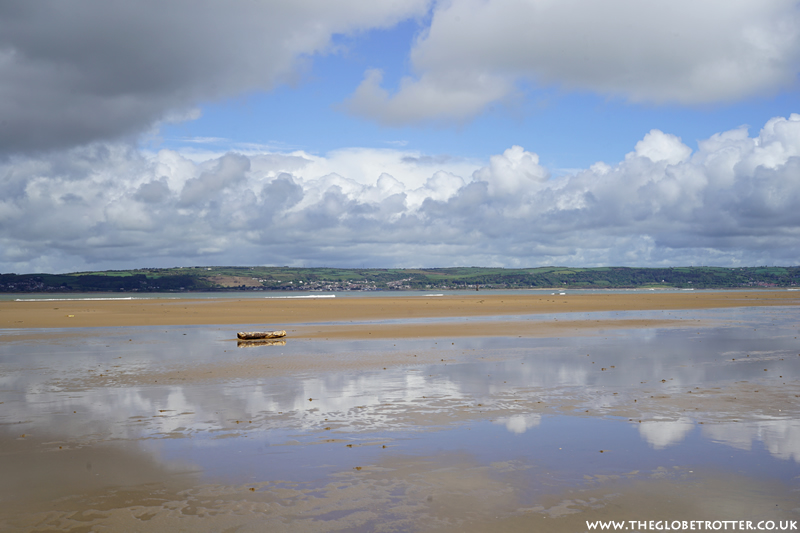
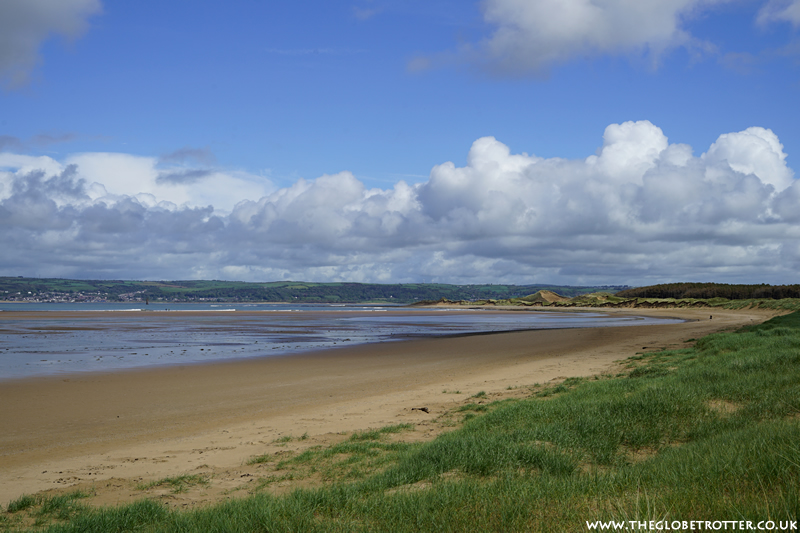



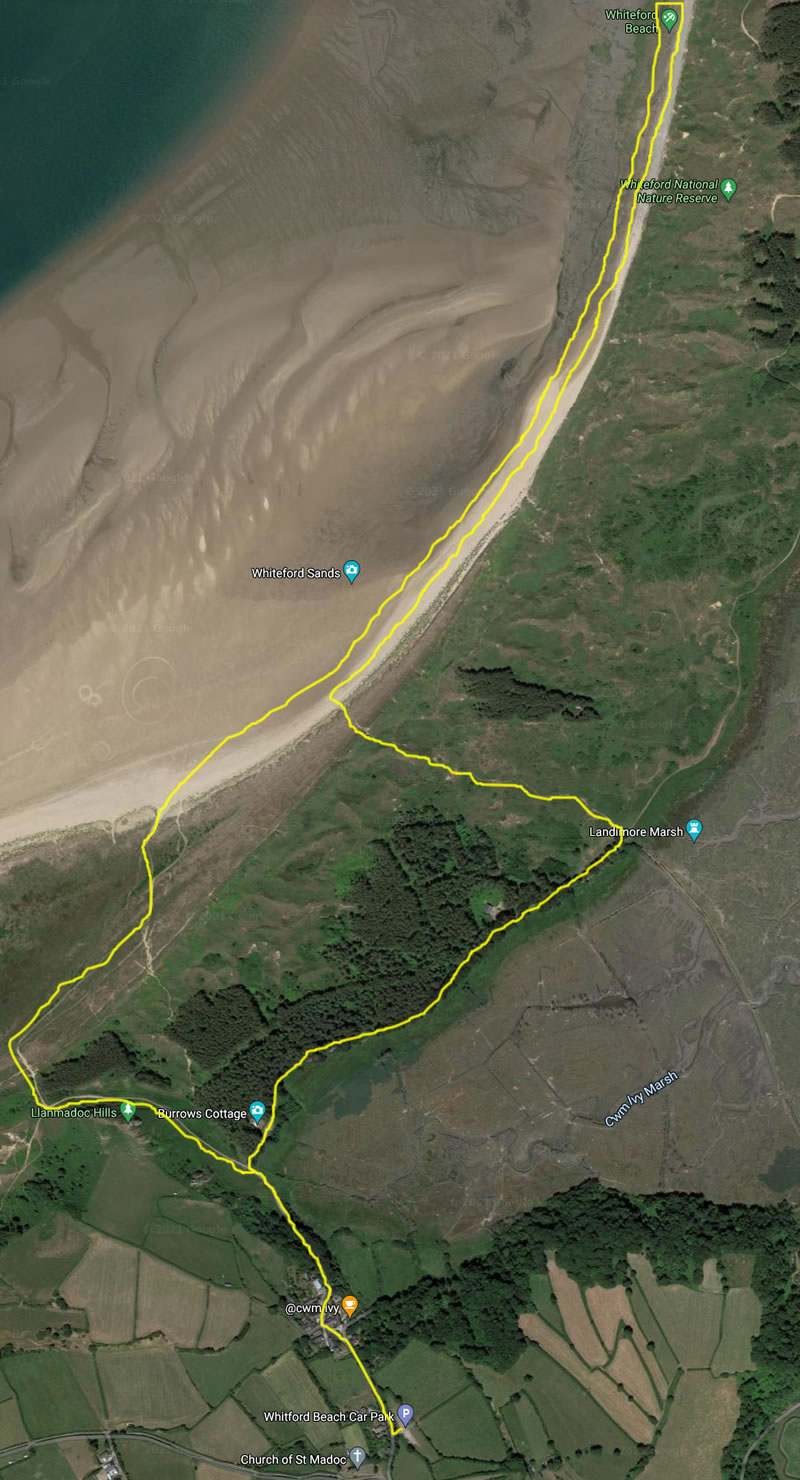
Post a Comment